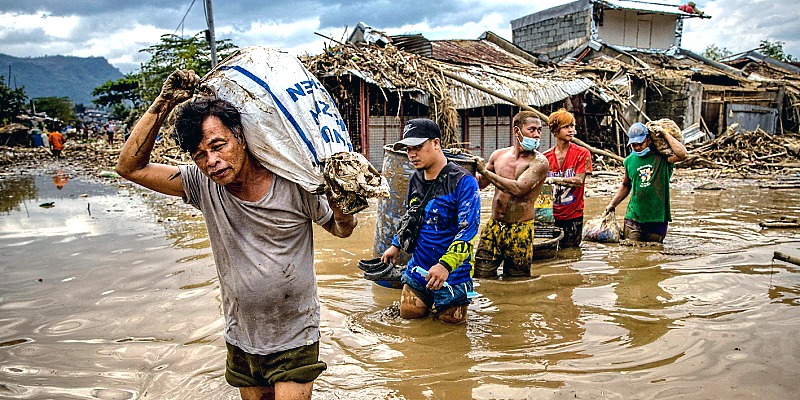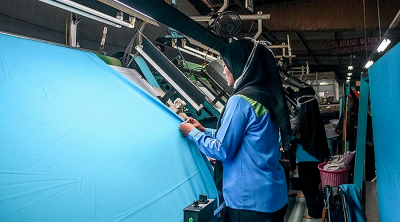
NEW DELHI: Climate degradation is a reality today. As the 21st century progresses, the idea of preserving the environment has become a priority. The need and urgency to protect and conserve the environment is transforming into a state directive and gradually a corporate policy for multinational corporations.
One of the major obstacles that continue to challenge and restrict the progress of climate activism is the gap in its legality under international law.
The ideas of pacifism, liberalism and promotion of democracy are all pillars of international law. International law strives to guide and direct states to attain the optimum good for all international actors.
Policies for avoiding climate degradation and preventing the harm from climate change are filled with gaps and loopholes. One of the gaps relates to climate refugees.
The term ‘climate refugee’ has not been legalized in any international agreement or treaty but is recognized by the international community as a growing concern.
The debate regarding the term ‘climate refugee’ or ‘environment refugee’ revolves around the fair representation of people who migrate because of climate-related issues.
The term ‘refugees’ becomes problematic in contemporary jurisprudence for two reasons.
First, the foundational idea of refugees is inspired by the Refugee Convention of 1957. The convention defines and highlights the elements of violence and conflict that force individuals to leave their territory and compel them to cross borders into other nation states.
Therefore, in international customary law, the scope of who can be defined as a refugee has been narrowed down to the references to violence and conflict.
Second, the term “refugee” does not include people who simply migrate from one territory to another. In other words, whether the fact that individuals have migrated exclusively on the grounds of environmental issues is still considered ambiguous.
In the current paradigm, refugee marks the outcome of an extreme practice which leaves individuals with no option but to flee their territory.
The World Bank released its report titled “Groundswell: Internal Climate Migration” in 2018 to show that the number of people who could be displaced by climate change could amount to 143 million by 2050, pointing out that “in addition to sudden disasters, climate change is a complex cause of food and water shortages, as well as difficulties in accessing natural resources.”
The displacement of individuals also happens disproportionately in different countries. In countries such as Somalia, dealing with its own financial and political instability, the consequences have been devastating in the years 2019 and 2020. Droughts across the country have led to suffering and displacement, with an estimated 5.4 million individuals struggling to feed themselves in July 2020.
Despite the pessimism of decades of inadequate measures for conserving the environment, hope remains for the cause of legalizing climate refugees: In 2021, a proposal for a Convention for Climate Refugees was submitted to the United Nations. The proposed convention is specifically designed to define and give status to the term ‘climate refugees’. Challenges still exist.
Legalizing the definition of climate refugees will require substantial support from the international community. When it comes to the issue of refugees or migration, states continue to impart opposing views, furthering diplomatic and political tensions. But the need cannot be overlooked.
The international community needs to prepare itself for the displacement of communities and societies due to climate change. Rehabilitation will only be effective and helpful if the problem is broadly acknowledged, with clearly defined parameters and provisions for climate refugees.
ADVERTISEMENT
ADVERTISEMENT








































